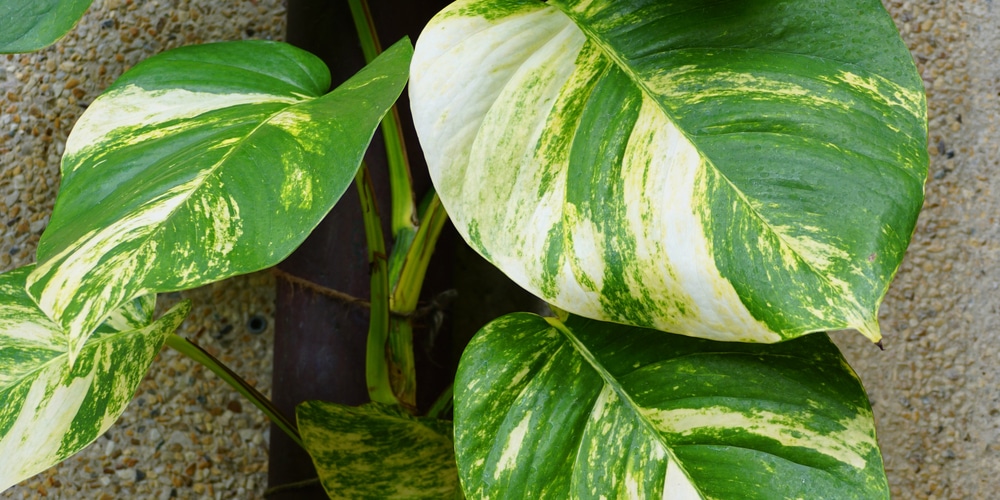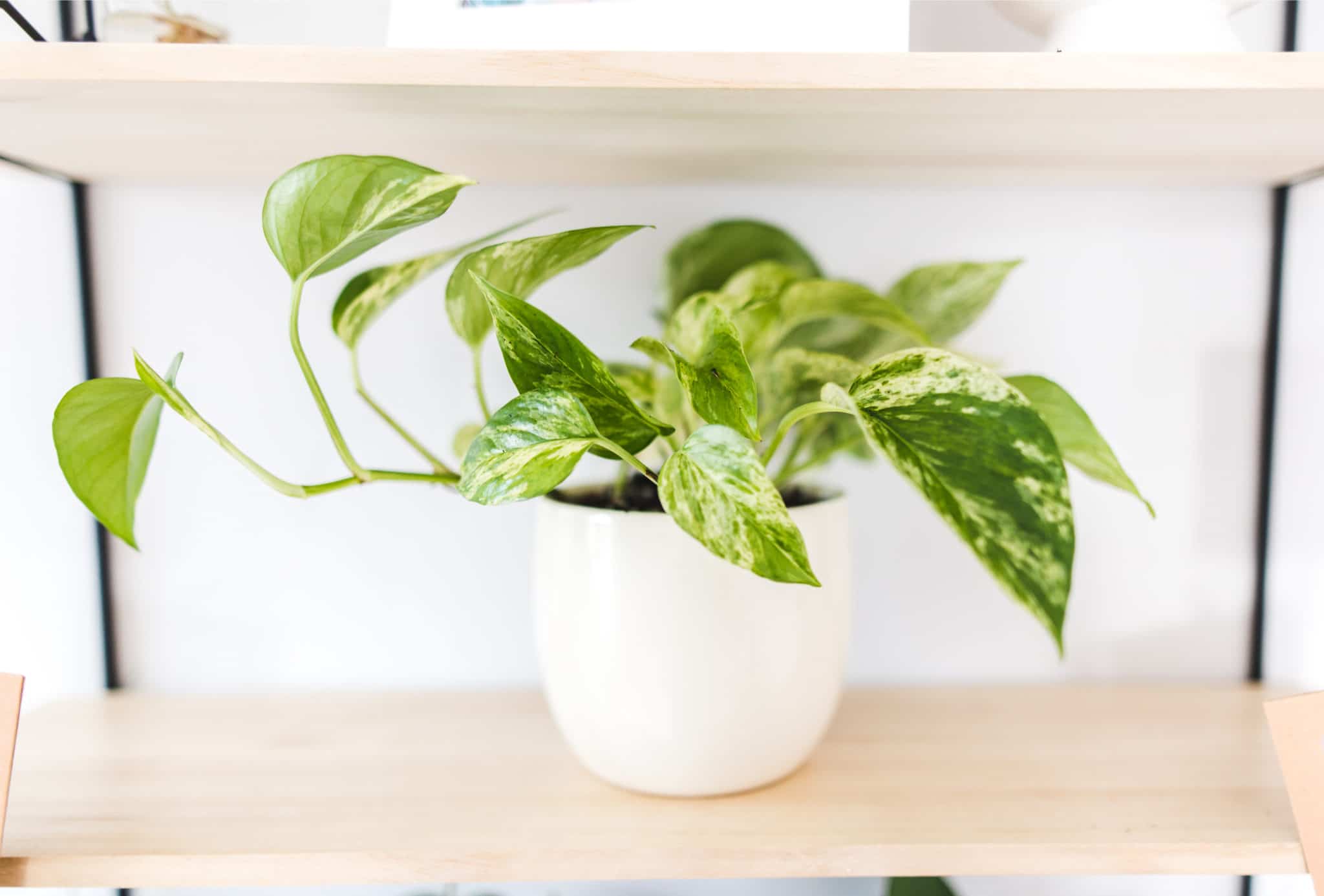You are most likely familiar with Pothos. Even if you may not recognize its name, you’ll know what we are talking about as soon as you see a picture of this popular and stunning indoor tropical plant.
These plants are the ideal option for beginners. Even homeowners looking to add some natural color to their house without much effort will appreciate pothos plants. Indeed, these stunning plants have a reputation for being easy to grow and care for. And that’s good news.
Despite being used to heat and warmth in nature, Pothos can survive in most light conditions.
However, to provide them with the nutrients and conditions they will thrive in, you’ll want to make sure you know what they need to survive. Water, light, soil, and temperatures are crucial factors. While this plant can survive under most conditions, the amount of light it gets may affect its health and aesthetics. To learn more about how much light do pothos need, keep reading our essential guide.
Characteristics
Pothos are tropical plants. However, they are not as fussy as other species. For instance, they don’t have strict humidity requirements and do well in most soils, provided that they are well-drained. Regardless of where you decide to place your plant, a Pothos has the power of grabbing attention positively. Thus, you can play with its location to brighten up your indoor design.
How Much Light Do Pothos Need?
Despite being used to heat and warmth in nature, Pothos can survive in most light conditions. While there is much talking about their low light tolerance, the reality is that selecting a spot that will provide your plant with an adequate amount of sunlight will make the difference in its health and looks.
Pothos prefer bright indirect sun. The more, the better. So if you can, try to place them close to big windows facing west. Avoid placing them under direct sunlight for more than four hours per day to prevent their leaves from burning.
As with most things in life, balance is the key. Too little or too much light will damage your plant. Indirect sunlight for most of the day will ensure lush and elegant foliage. Too much light will cause unattractive bleaching and sunburn, while too little of it will make your plant look unhealthy.
But how to tell if your pothos plant is getting enough sun? Keep reading to find out.
Symptoms of Too Little Light
If your plant is not getting enough light, it might display leggy growth and elongated stems. That is because, without adequate light, your plant will extend its foliage to increase the probability of getting some of it.
Under extreme conditions, you may notice your plant leaning towards any source of light. If your pothos plant seems to direct itself towards doors, a light bulb, or a window, you might do it a favor by changing its location. Indeed, while the sides that succeed at getting some light might look vibrant, the rest of your plant will look lifeless and bare of foliage. While you can temporarily correct the “leaning” issue, your plant will benefit from moving to another location to somewhere brighter.
If you placed your pothos’ pot next to a window, but it doesn’t seem to produce the characteristic large leaves, low-lighting might be the problem. These plants do best in medium to bright light conditions, so consider moving them next to another window, best if facing east.
If you want your plant to thrive, you need to ensure it gets at least six hours of indirect sunlight. After all, seeing your plant creating new growth and getting bigger is so satisfying you wouldn’t want to miss out on it.
Another symptom that signals something might be off with lighting is constantly moist soil. Without enough light, your plant won’t be able to engage with photosynthesis, meaning it won’t absorb water. Again, do your plant a favor and move it to a brighter position.
How Much Light do Pothos Need: The Bottom Line
While Pothos can survive under most circumstances, having them thrive is a different story. Providing them with adequate amounts of light is one of the few things you must pay attention to if you want to enjoy lush and vibrant plants at home. Avoid choosing spots close to north-facing windows and prefer south or east-facing ones for optimal amounts of light.
People often have a hard time choosing between the lemon lime philodendron and neon pothos. You may want to consider the neon pothos if it doesn’t look like the LL philodendron would be a good fit for you. They have very similar looks.
Further Your Pothos Knowledge
- Overwatered or Underwatered Pothos– How to properly water a pothos plant, as well as the signs of under/overwatering.
- How to Make a Pothos Plant Bushier– Practical tips that help you grow the fullest pothos possible.
- Why is My Pothos Droopy– The five most common reasons why a pothos plant droops.


